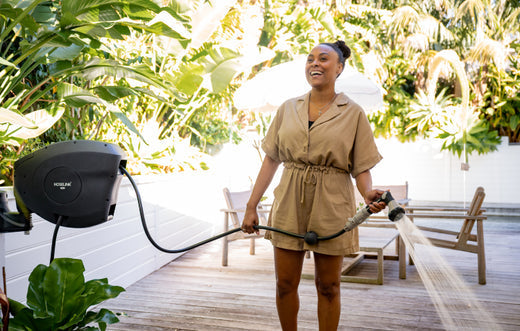So, what does it mean to save water? And what does it mean to actually save money by preserving water? We're glad you asked! Saving water means using the resource efficiently. This can be done through products designed for this very purpose, as well as implementing some daily habits around your water consumption. Identifying the products and services is easy, especially with the Smart Drop Certified products list, which you can browse easily on their website by clicking here.
Hoselink have a range of amazing products which can help you save water around the garden, some of which also have the Smart Drop Certified tick of approval! We're going to run you through our favourites as well as some additional tips and tricks anyone can use around the home.
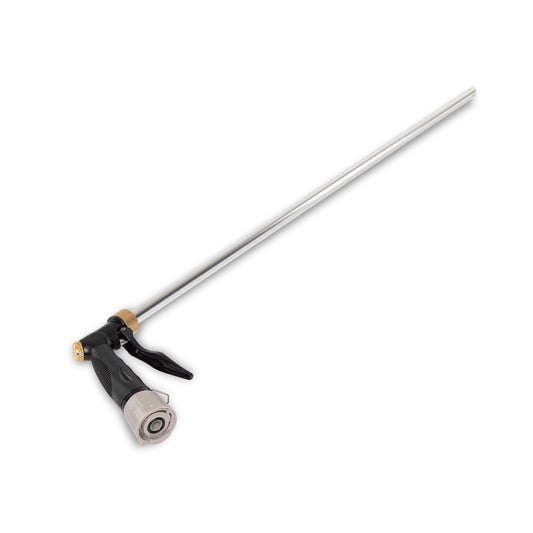
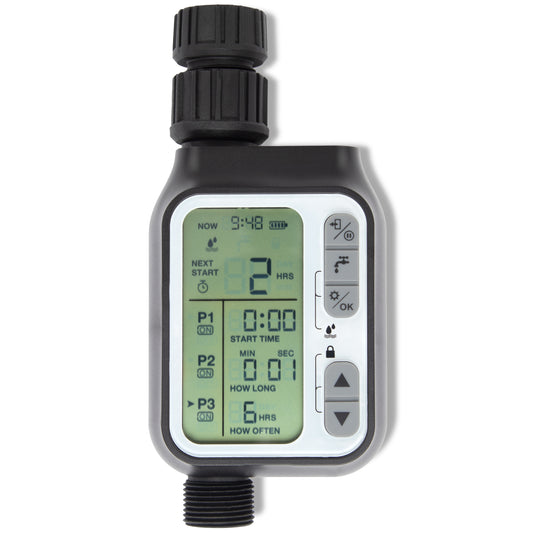
Hoselink's Smart Drop Certified Products
Hoselink are fortunate enough to have some of our products approved by Smart Drop Certified! This means you can shop these products with the confidence that they are designed to help conserve water.
Smart Drop independently certifies water efficient products and services in Australia and North America. The label helps consumers to shop wisely and provides a market advantage for businesses.
Below are a list of the Smart Drop Certified products from Hoselink
Classic Retractable Hose Reel
The Hoselink Classic Retractable Hose Reel is our original reel that started it all. Featuring our signature Comfort-8 Pattern Flow Control Sprayer with the no-leak or burst fittings you know and love, this reel gets the job done! A 2-year warranty backs it, has good UV protection and is durable enough to withstand the tough Australian conditions.
Evolve™ Retractable Hose Reel
Now for the latest innovation from Hoselink; the Evolve™ Retractable Hose Reel. Tested over 10,000 retractions, this reel is the never-fail choice when it comes to Hose Reels! Backed by a 5-year warranty with all the features you know and love (just better).
Water Wise Starter Set
A best seller for a reason and a Smart Drop Certified for a reason too! The Water Wise Starter Set is perfect for when you're getting started with Hoselink and are keen to make sure all of your watering efforts conserve as much water as possible.
Connectors
Hoselink's Connector System ensures a water-tight connection everytime that won't leak or burst off. This innovation was born 25 years ago when founder Tim Kierath was tired of leaking and bursting hose fittings. Today we continue to save Aussies the frustration by providing a secure water connection from tap to hose and any other watering accessory there after.
Other Water Saving Products & Solutions
Up next are some extra products we suggest for saving water, while they aren't Smart Drop Certified, they are excellent watering and water saving solutions for around the home and garden. They include:
Water Saver
When it comes to watering by time, not volume, the water saver is perfect to help you save water. This product will essentially slow the water flow to your sprinkler, for example, reducing water wastage without compromising how thoroughly you water the lawn or garden.
Weeper Hose
Specially designed to water garden beds more efficiently, the Weeper Hose slowly seeps water directly into the soil closer to plant roots, reducing evaporation. This is an excellent alternative if you'd prefer to not use a sprinkler or hand water. The low water pressure, coupled with the porous nylon material, allows water to seep out at an even, slow rate, ensuring water goes where it is most needed and reducing unnecessary wastage. These are available in 7.5 and 15 metre lengths to suit any size garden, garden bed, or lawn.
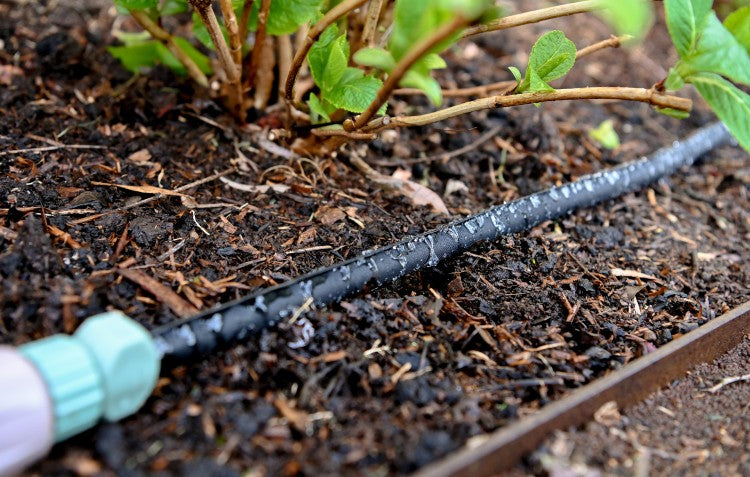
Root Waterer
Similar to the weeper hose, by delivering water directly to the roots, you avoid wasting water through evaporation. Simply push the end of the Root Waterer into the ground, allowing it to reach the roots, and use the trigger to begin watering. Only a few seconds of watering needed before your plants will be hydrated!
Automatic Tap Timer with Rain Sensor
A Tap Timer with Rain Sensor! A great way to stay in control and avoid wasting water. With this product, you can program watering for specific times and durations. Meaning you don't use more water than necessary. It can be set to come on at night or early morning to prevent more water loss due to evaporation. Provided the timer is in the elements, the rain sensor will prevent watering during rain, saving water.
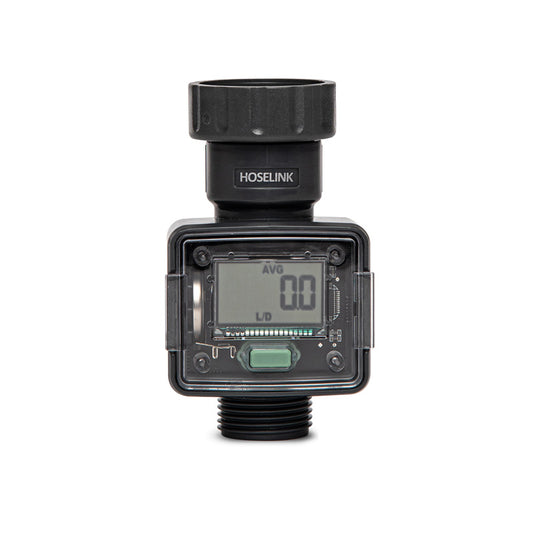
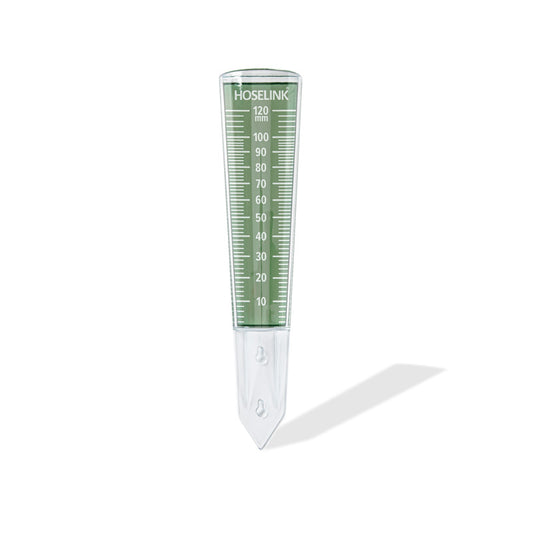
Misting Kit/Timer
You may be already be familiar with the Hoselink's Misting Kit, which has several great functions for watering and keeping cool. Included in this kit, the Misting Timer will allow you to set specific watering durations to ensure you are only using reasonable quantities. The Misting Kit can be a more conservative water option than a traditional spray nozzle by evenly distributing a fine mist all over a desired area, which is particularly important for young seedlings. For more information, check out the video below!
Rain Gauge
The Hoselink Rain Gauge allows you to see how much rain has been received in your garden. Informing you of how much, if any, watering is necessary. It saves you from spending money on the water bill when you don't need to!
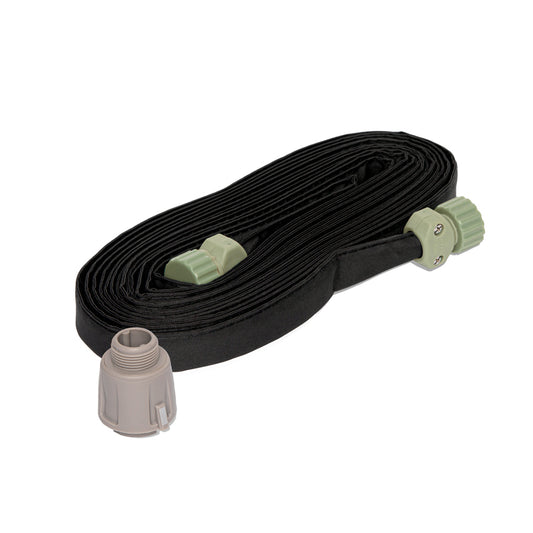

Water Flow Meter
A Water Flow Meter allows you to track how much water is being used both per session and cumulatively. Allows you to track how many litres per minute are being used as well. All critical information if you are trying to track or limit water use. This may also be handy if you are looking to upgrade your watering systems at home and consider how much you'd like to reduce your water usage by.
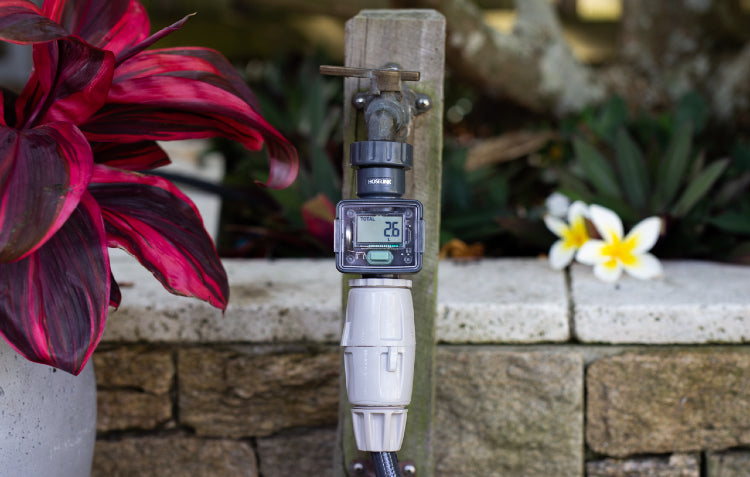
Hoselink Fittings
Honourable mention for Hoselink's no leak or burst fittings! Hoselink's fittings have been designed to remove the daily frustration of hose fittings leaking or bursting off and ultimately wasting your water. Shop Hoselink's range of fittings by clicking here.
Our fittings are also available in kits which include a sprayer. Two of which are products featured on Smart Drop Certified website as products to help you save water. Shop our Water Wise Starter Kit by clicking here, and our Compact Nozzle Starter Set by clicking here.
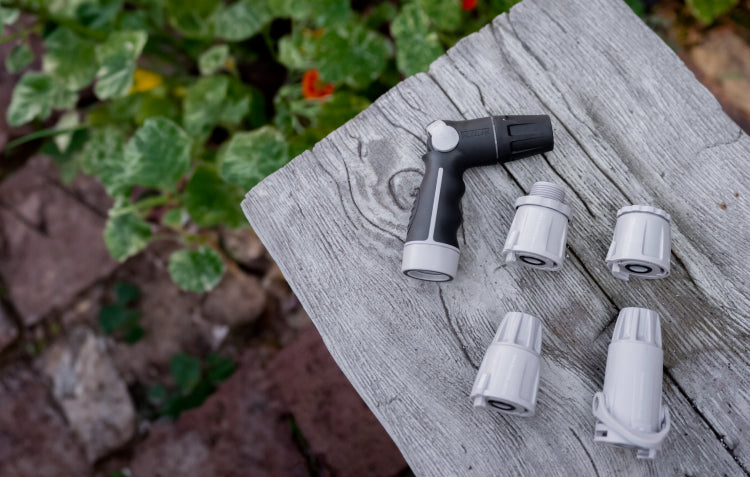
Hand Washing vs the Dishwasher
Despite what you may think, hand-washing dishes can actually be significantly more wasteful than running a dishwasher. If you are in the market for a new dishwasher, check the energy efficiency so you can save water without having to think about it.
Shower Timers
These are very handy to track how long you have been in the shower for! As we all know (particularly in Winter) it can be hard to take a shorter shower. Try a suction shower timer to easily track how long you've been in for to prevent it getting out of control.
Collecting Water
With a highly anticipated hot Summer just around the corner, a lot of people already are or will be running the air-conditioning more. Instead of letting the water from the unit run off, try having a bucked to collect it. This water can then be re-purposed for washing the car, or watering plants.

Re-Purposing Water
If you are ever finding yourself pouring out used boiling water from cooking pasta or vegetables, save it for something else! Once cooled, the water can be poured on house plants or outdoor garden beds; it can also be used in some cases to make a stock or a soup too!
There you have it, a few easy tips to save water and some products to make life easy! If in any doubt, head to the Smart Drop Certified site here.

